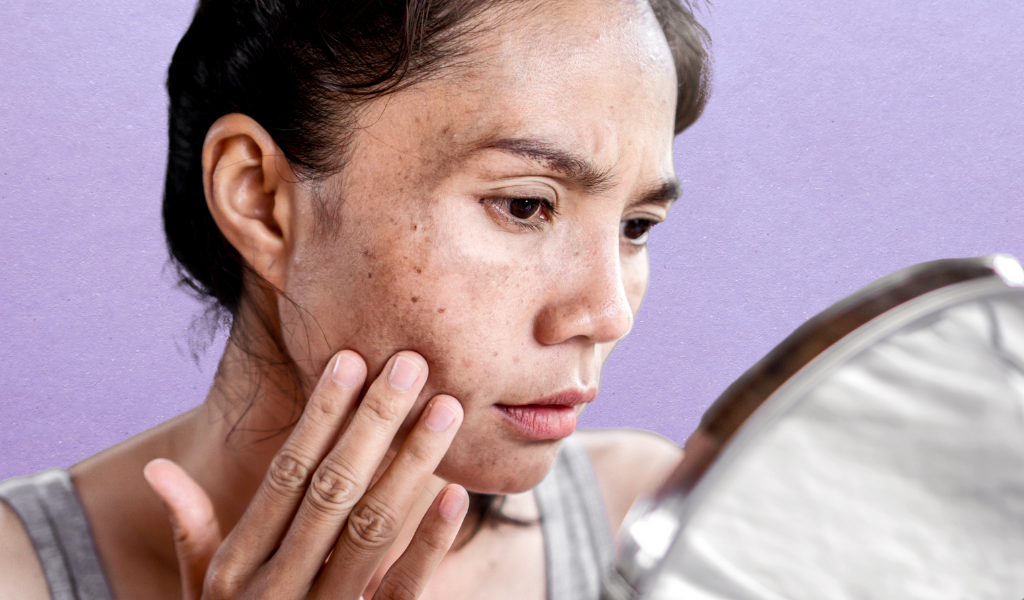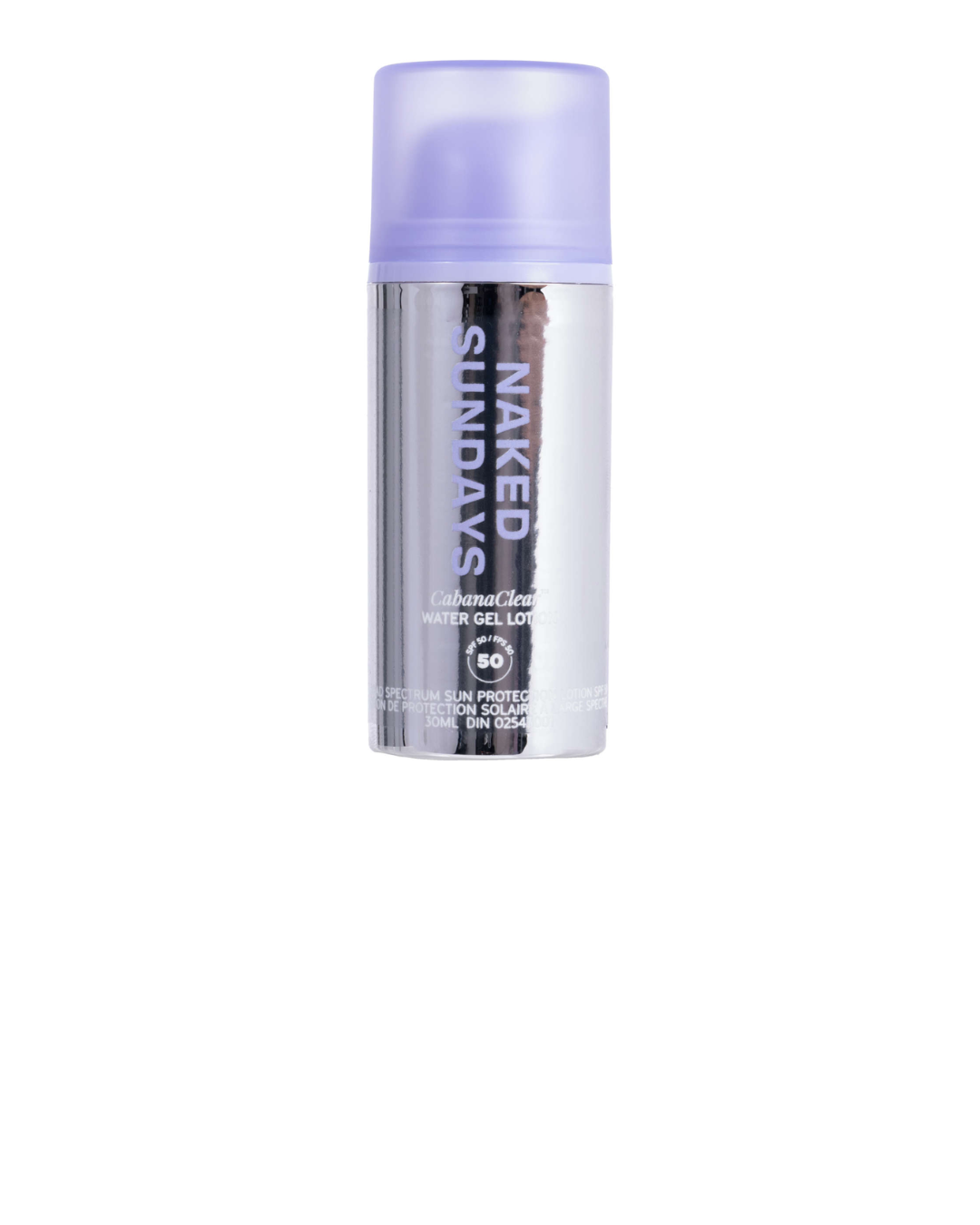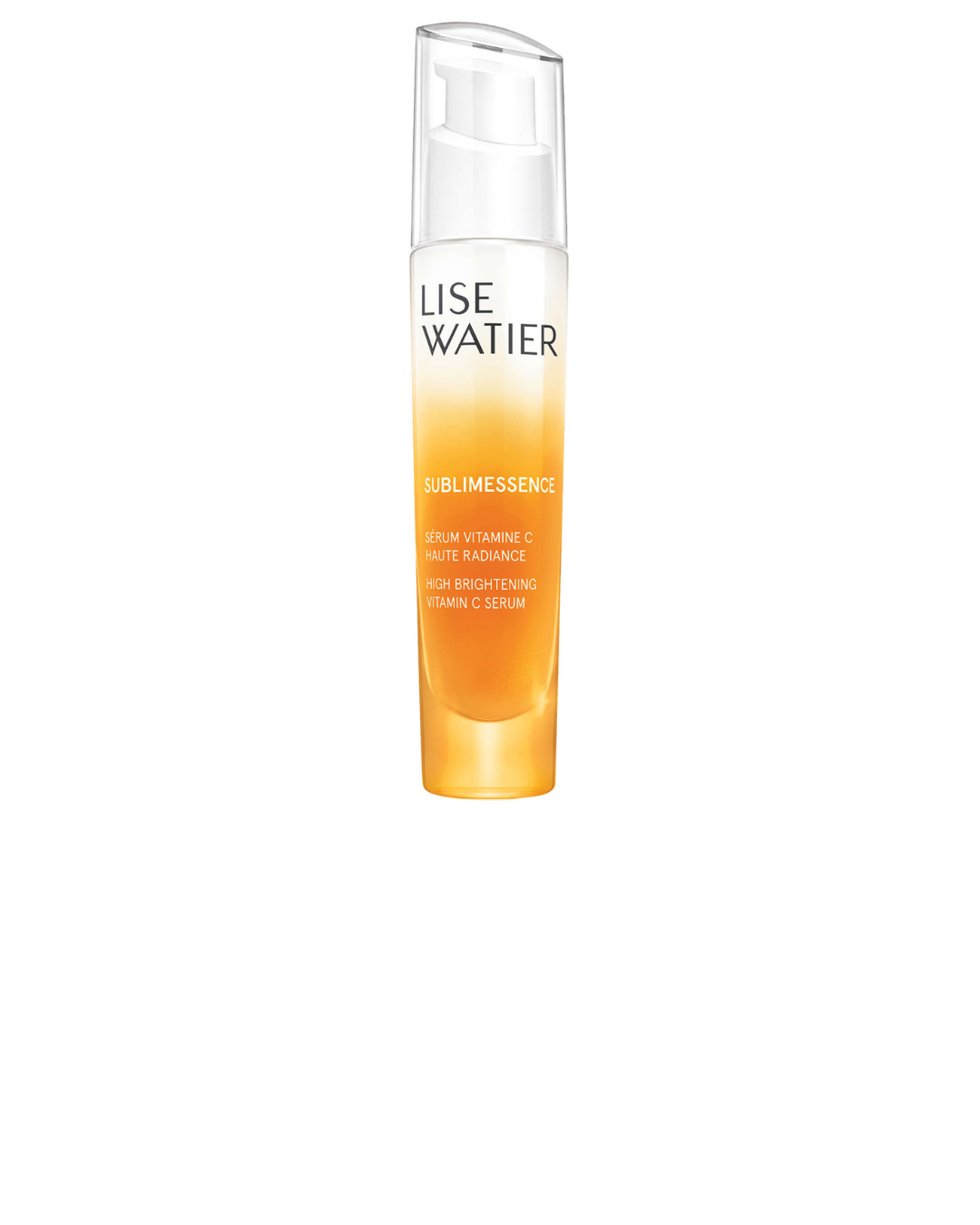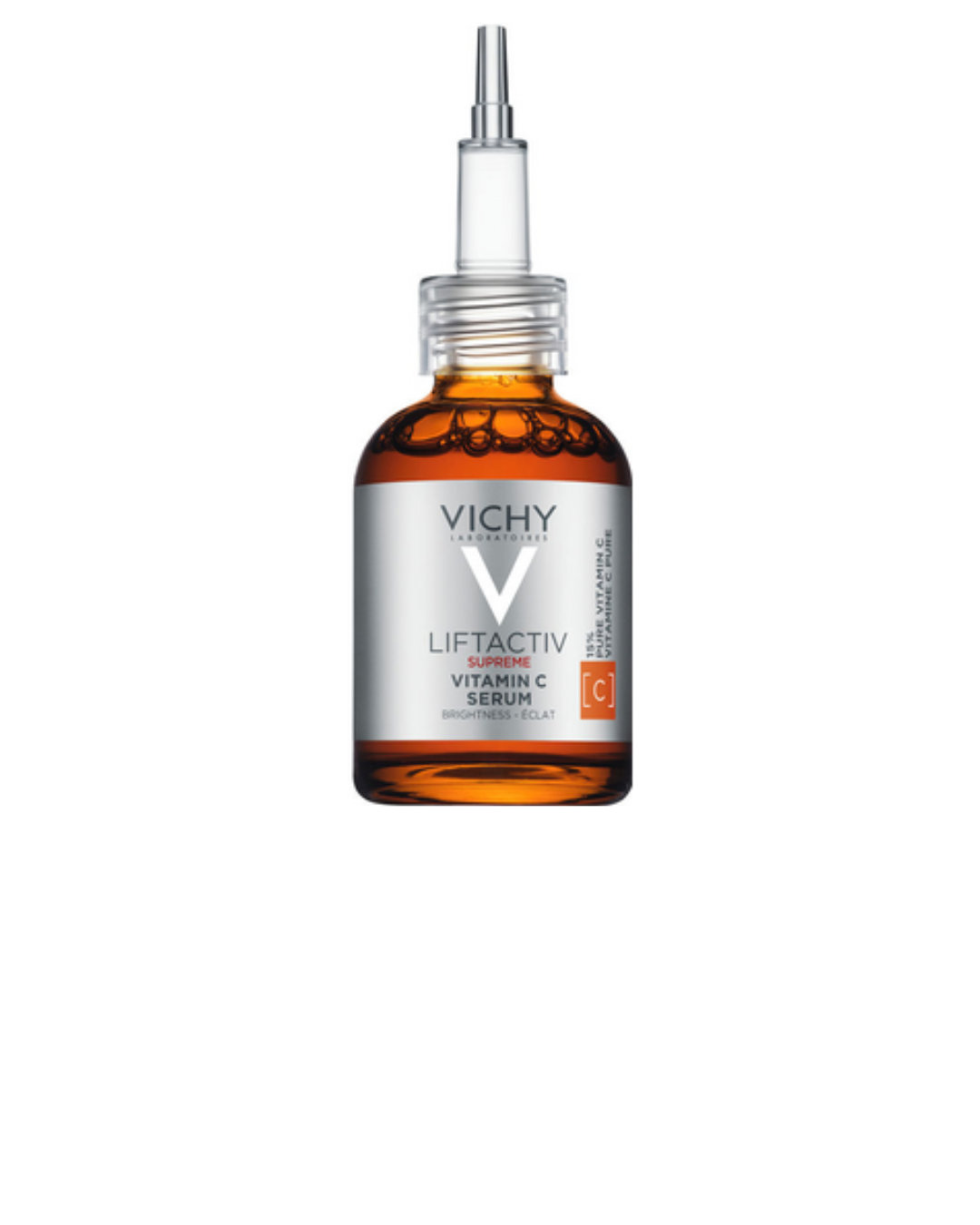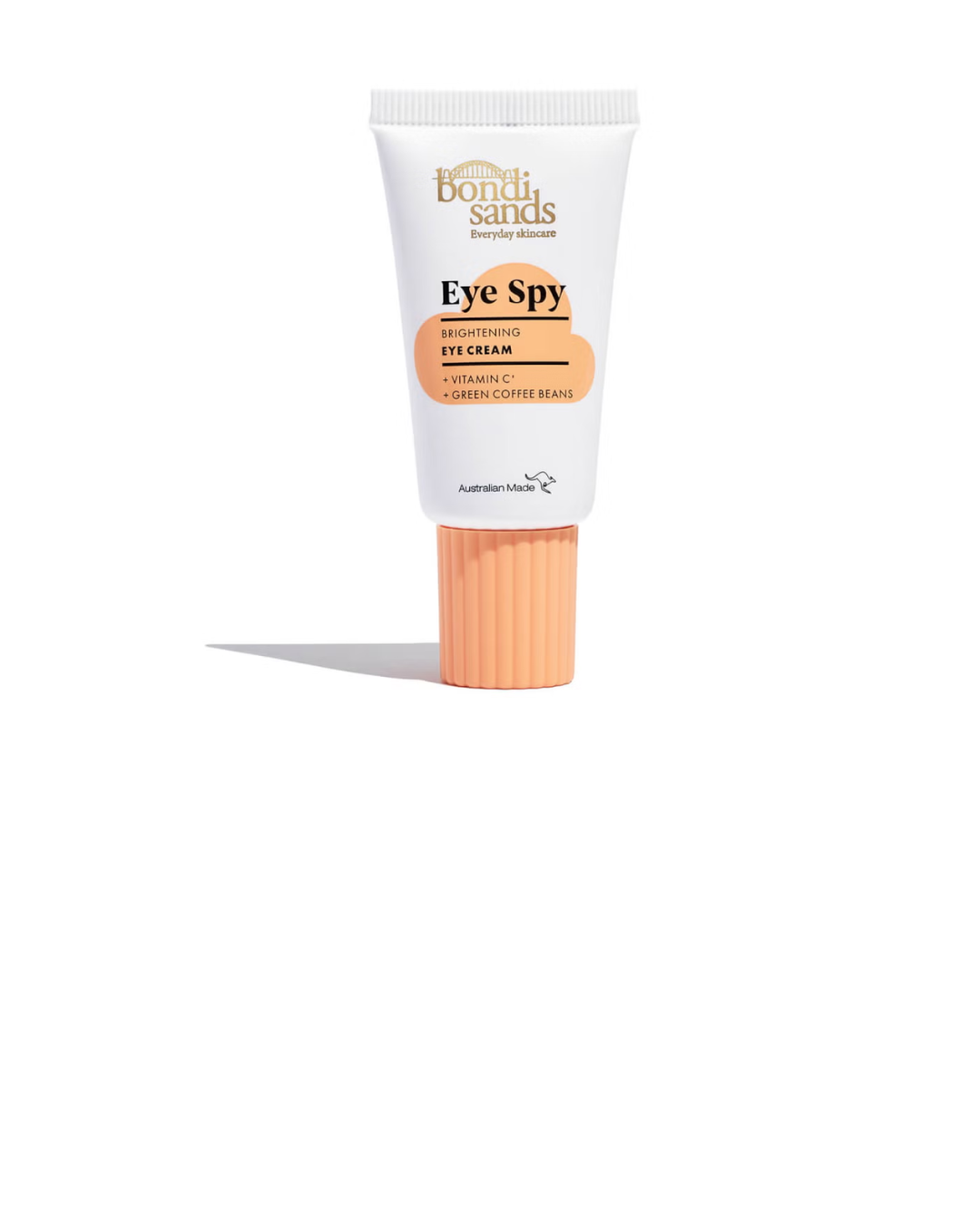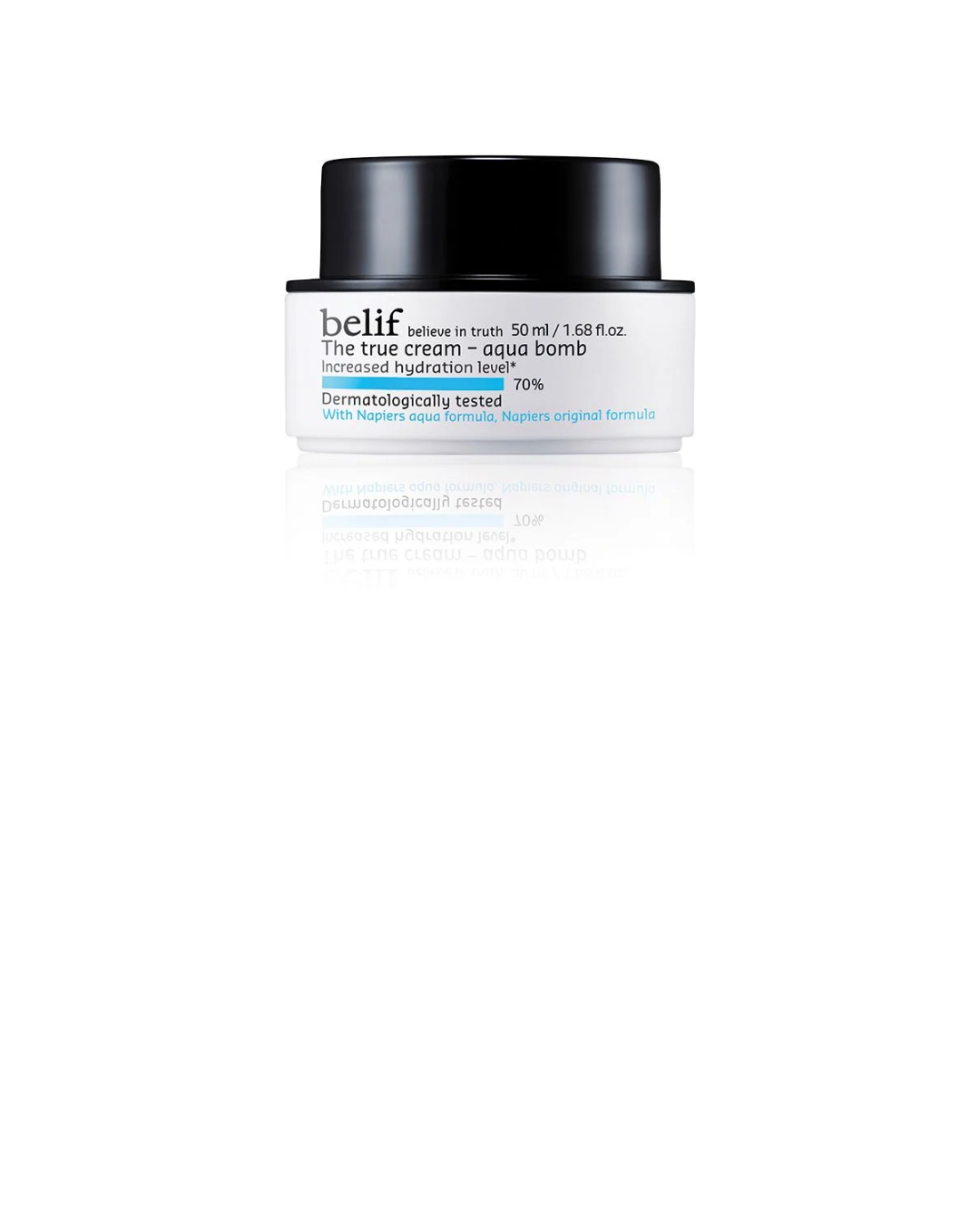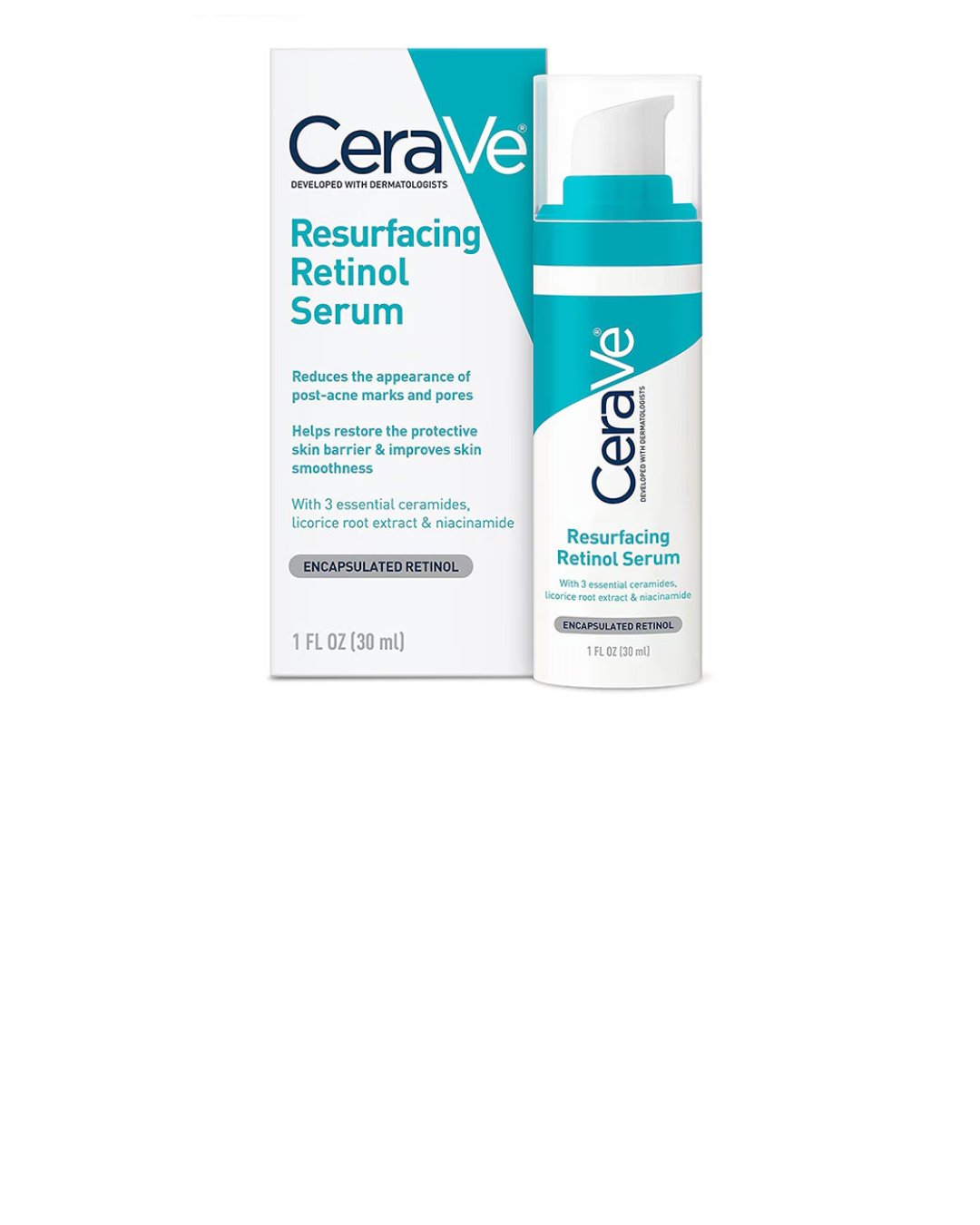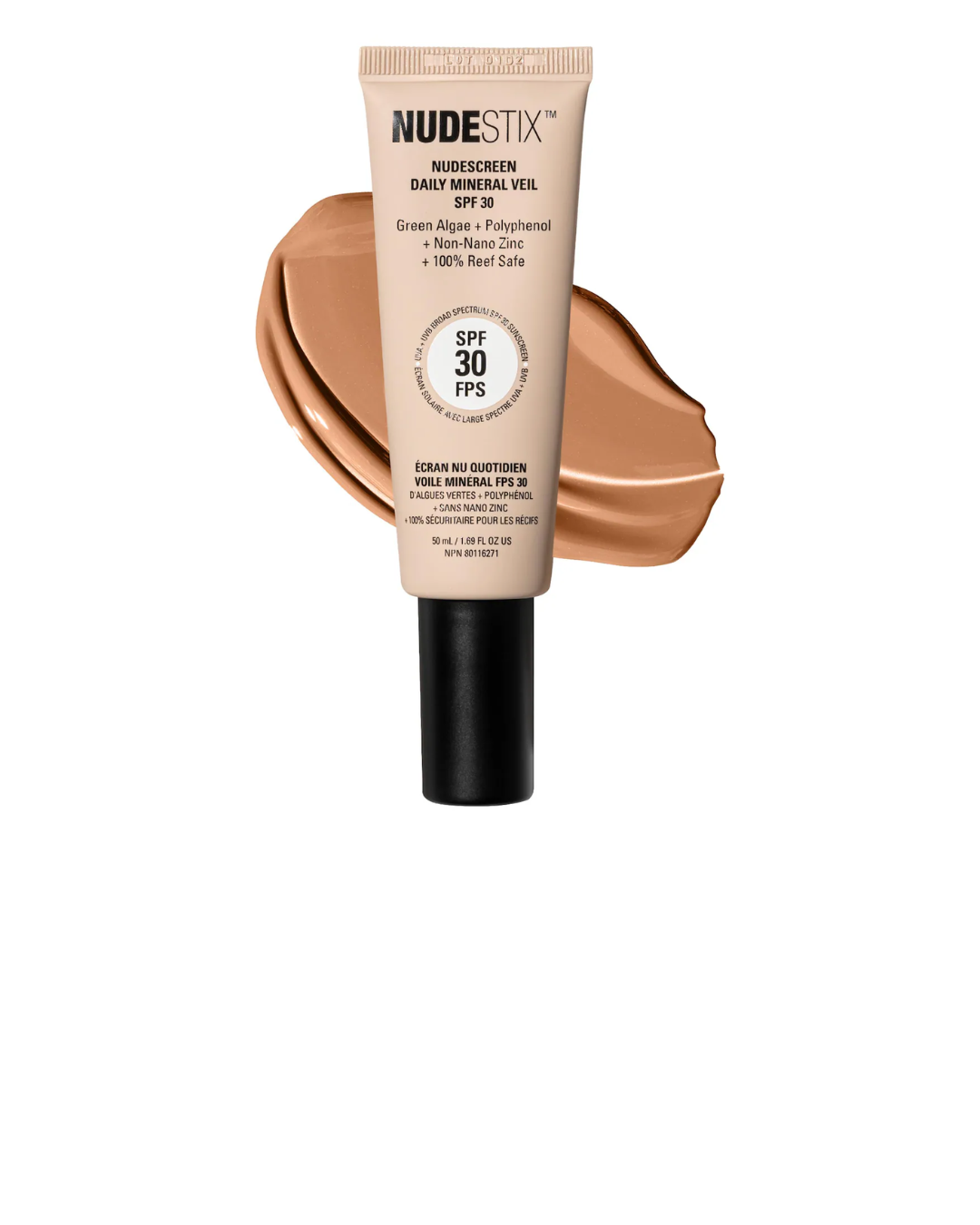Welcome to Pretty Healthy, FLEETSTREET’s in-depth series. Beauty starts with healthy skin and hair, and this column delivers the goods on making that a reality with your skin and hyperpigmentation.
While spending time in the sun can be fun and enjoyable, it can also have negative effects on your skin. One of the most common issues is hyperpigmentation, which is the darkening of patches of skin. Read on to learn more about the negative effects of sun exposure and how it can lead to hyperpigmentation.
What is hyperpigmentation?
Hyperpigmentation is a common skin condition that occurs when there is an increase in melanin production. Melanin is the pigment that gives color to our skin, hair and eyes. When our skin is exposed to the sun, it produces more melanin as a protective measure against ultraviolet (UV) radiation. This leads to a darkening of the skin in the affected areas, which is known as hyperpigmentation.
I spoke with Dr. Geeta Yadav, dermatologist and founder of FACET Dermatology and she explains it perfectly. “Hyperpigmentation can be caused by many different factors, but it occurs because of damage to the skin — to protect itself, your skin cells produce excess melanin or skin pigment. This can be triggered by sun damage, trauma to the skin, like popping a pimple, or a combination of hormones, heat and melasma.” Melasma is the discolouration of skin.
The negative effects of sun exposure
According to Healthline, Sun exposure can have a range of negative effects on your skin, including:
- Sunburns: This is the painful, red, and inflamed skin condition that occurs when the skin is exposed to too much UV radiation.
- Premature aging: Over time, sun exposure can lead to premature aging of the skin, including wrinkles, fine lines, and age spots.
- Skin cancer: Prolonged exposure to the sun increases the risk of developing skin cancer, which can be life-threatening.
- Hyperpigmentation: As mentioned earlier, hyperpigmentation is a common skin condition that occurs as a result of sun exposure.
How sun exposure leads to hyperpigmentation
Sun exposure leads to hyperpigmentation by triggering the production of melanin in the affected areas of the skin. This can lead to the formation of dark spots, freckles, and patches of skin that are darker than the surrounding skin. This is particularly common on the face, hands, arms, and other areas frequently exposed to the sun.
Can I get hyperpigmentation?
Yup. Dr. Yadav tells me, “Anyone can develop hyperpigmentation, but it‘s especially common in women and people with skin of colour. Hormones can trigger excess melanin production. For example, many women develop melasma during pregnancy. Deeper skin tones already produce more melanin, making it more susceptible to the formation of hyperpigmentation.”
Can hyperpigmentation spread on the body?
In short, no. Dr. Yadav tells me, “Hyperpigmentation doesn’t ‘spread’ so much as [it goes] more deeply within the skin with repeated damage. When hyperpigmentation travels further into the deeper layers of the skin, it becomes much harder to treat.”
So here’s the thing: If you don’t address the underlying cause of your hyperpigmentation, it can keep developing in other areas. For example, if you’re not protecting your skin from the sun, you might notice new patches showing up in other places on your body.
Sometimes skin conditions like melasma or post-inflammatory hyperpigmentation can affect larger areas, which can make it seem like the pigmentation is spreading. These conditions are usually triggered by hormonal changes or skin damage, and they can cause patches of hyperpigmentation to darken or grow over time.
Preventing hyperpigmentation
Preventing hyperpigmentation is all about protecting your skin from the sun. Here are some tips:
- Wear sunscreen. Use broad-spectrum sunscreen with an SPF of at least 30 and reapply it every two hours.
- Cover up. Wear protective clothing, such as long-sleeved shirts, pants, and hats. Have sun-protective clothes and accessories, even better!
- Seek shade when you can, especially during the hottest parts of the day between 11 a.m. and 3 p.m.
- Don’t use tanning beds. The faux glow can cause just as much damage to your skin as the sun.
- Use skincare products that list antioxidants in the ingredients. These phytochemicals can help protect the skin from the damaging effects of the sun.
- Take care of hyperpigmentation, if you have any. There are a variety of treatments available, including topical creams, chemical peels, and laser.
“Above all, sun protection is key,” says Dr. Yadav. “UV exposure is the greatest cause of skin aging; we know that a lot of the visible sun damage we see in our 30s or 40s can actually have been incurred in our 20s or even earlier. By starting a solid sun care regimen as early as possible – using an SPF 30 or higher daily, applying every two hours – you will be able to best stave [off any damage].”
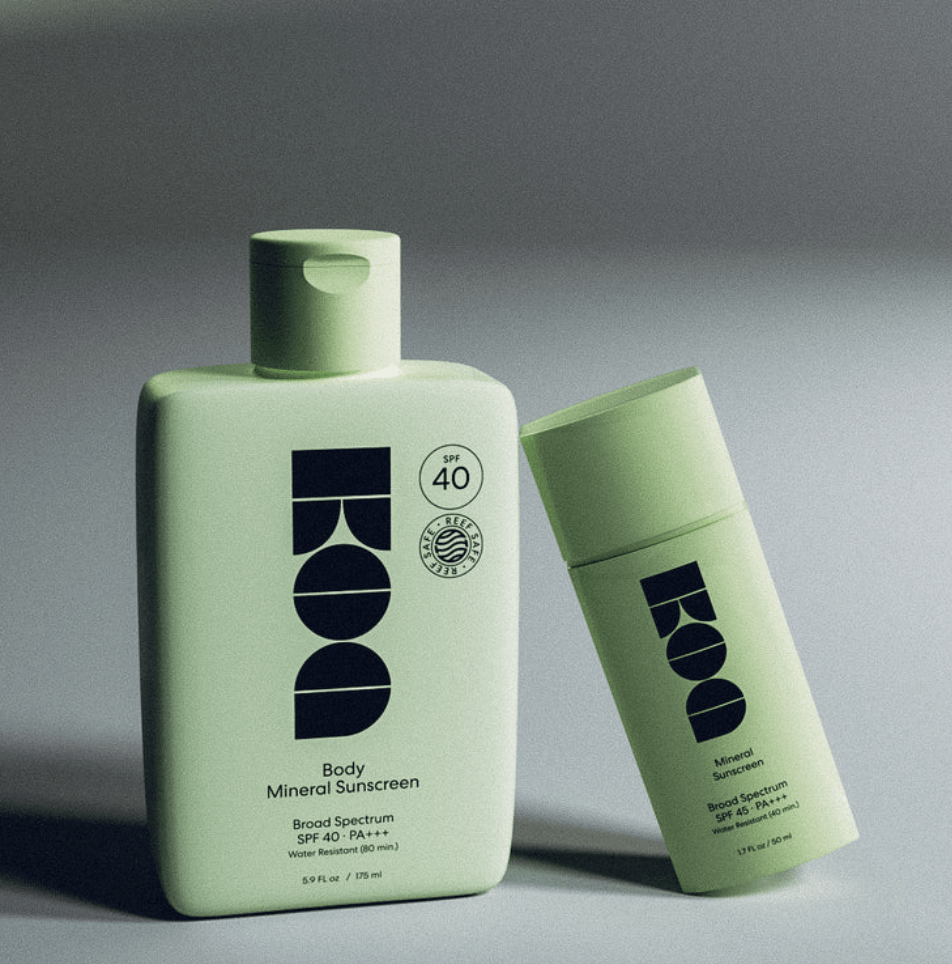
Here’s what a dermatologist wants you to know about common sunscreen myths.
So, what happens if I have hyperpigmentation in my skin?
If you develop hyperpigmentation, there are several steps you can take to improve the appearance of your skin. The first and most important step is to protect your skin from further damage by wearing sunscreen with a minimum SPF of 30 every day, even if you don’t plan to spend much time outdoors. It‘s also essential to avoid picking at or scratching any areas of hyperpigmentation, as this can cause further damage and delay the healing process.
In terms of your options for treatments, there are several over-the-counter skin care products available that may help to reduce the appearance of hyperpigmentation. These products typically contain ingredients like vitamin C, niacinamide and/or hydroquinone, which can help to even out skin tone and reduce the appearance of dark spots.
If over-the-counter products aren‘t effective for you, you could consult with a dermatologist for more advanced treatment. These can include prescription-strength skincare products, chemical peels, microdermabrasion, laser therapy and other cosmetic procedures. It‘s important to talk to a dermatologist about the risks and benefits of each treatment option and choose the one that’s fitting of your individual needs and goals.
Dr. Yadav says, “Hyperpigmentation can be very stubborn to treat. The most effective are often professional ones, such as energy-based devices like [the pulsating] picosecond laser or laser skin resurfacing. These stimulate cellular turnover to help fade discoloration. You can also use products with active ingredients like cysteamine, alpha-hydroxy acids, and retinoids, which can all help.”
Dr. Neha Goyal, co-medical director of the MD Beauty Clinic suggests a non-invasive treatment for targeting hyperpigmentation called Morpheus8 “Hyperpigmentation is best approached via multiple modalities,” she says. “But if my patient is looking for overall skin rejuvenation at the same time, I do like Morpheus8. An added benefit is that it doesn’t make melasma worse, and is safe for use on all skin tones.”
What happens if hyperpigmentation is left untreated?
“In the case of post-inflammatory hyperpigmentation, like discoloration left behind after picking the skin or incurring an injury, the hyperpigmentation will likely fade over time, especially if the area is covered and protected by sunscreen,” says Dr. Yadav. “This is also possible with lighter UV damage, for example, light freckling that appears and goes away over the course of a summer. However, if left untreated and unprotected, hyperpigmentation will just continue to develop, often getting darker and more persistent, making it more challenging to fade.”
Is sun exposure really that bad?
Despite the bad rap that the sun gets, it actually does have some health benefits. One of the big ones is that it helps your body produce vitamin D, which regulates calcium and phosphorus levels to keep bones, teeth, and muscles healthy.
So, when your skin gets some sun, it triggers the production of vitamin D. But here’s the thing: you gotta find the right balance. You want enough sun to get that vitamin D fix, but not so much that you end up damaging your skin with those harmful UV rays.
Health and skin experts suggest getting about 10 to 15 minutes of sun exposure just a few times a week to keep your vitamin D levels in check. But don‘t go overboard and bake yourself like a potato. Excessive sun exposure should definitely be avoided.
Do you really need to use sunscreen when it’s snowing, cloudy or cold out?
Want that sunkissed glow without sun exposure? Try a self-tanner!
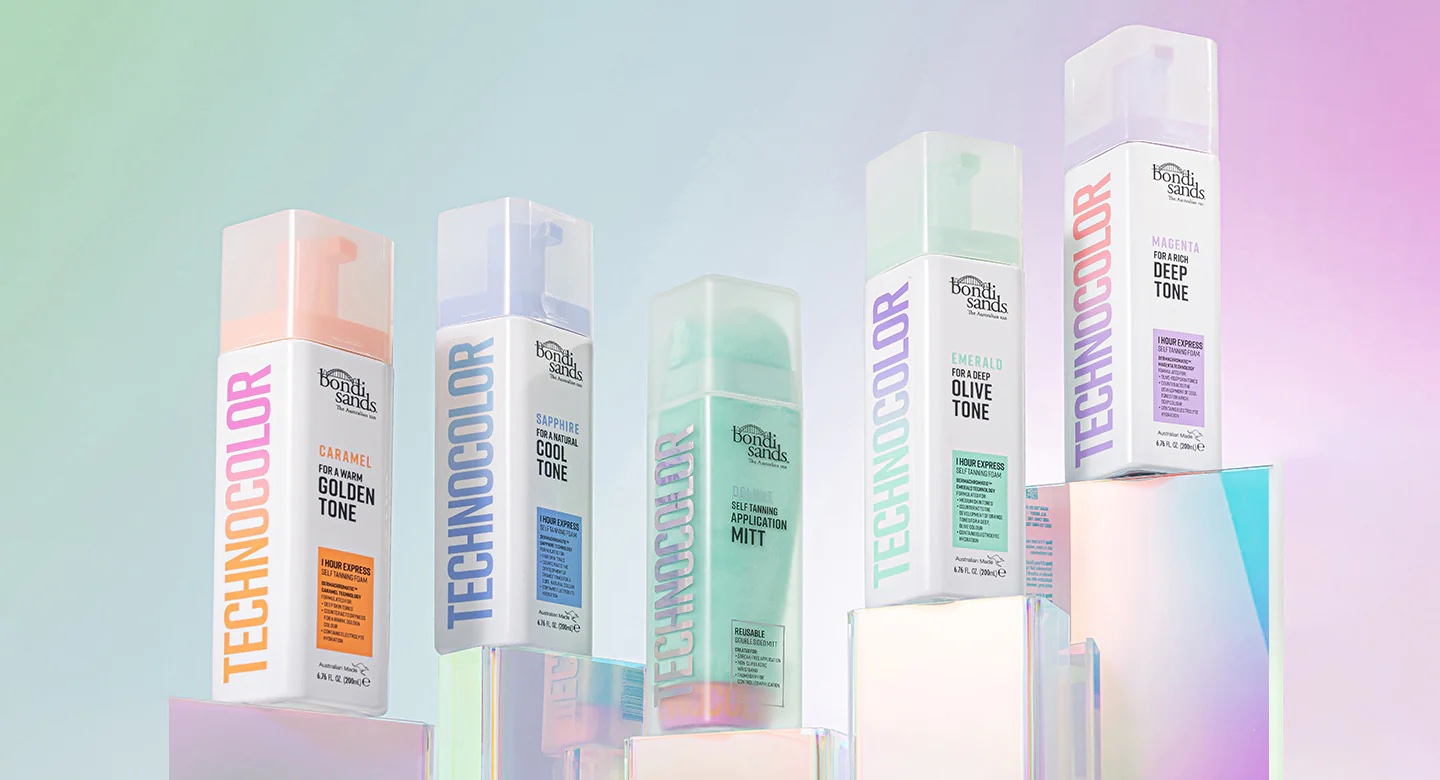
Top Bronzers: Our go-to products for that look of sun-kissed skin.
Now, apart from the vitamin D boost, sunlight has other cool perks. It can improve mood, help regulate the sleep-wake cycle (that’s the circadian rhythm), and boosts the immune system. But hold up – don’t go reaching for that bottle of baby oil just yet!
To enjoy the sun safely, it’s important to develop some good sun habits. Wear protective clothing, like hats and sunglasses, to shield your skin. And don’t forget the sunscreen of at least SPF 30. Oh, and try to avoid those peak sun hours when the rays are the strongest, which is between 11 a.m. and 3 p.m.


By taking care of your skin and being mindful of sun exposure, you can keep it healthy and radiant. And if you’re dealing with hyperpigmentation, make sure to give it the attention it needs. With the right steps, you’ll rock that beautiful skin for years to come!
If you‘re worried about hyperpigmentation or you’re noticing changes in your skin, it‘s a good idea to see a dermatologist or your healthcare provider. They can take a look at your specific situation and give you the right guidance and treatment options.

